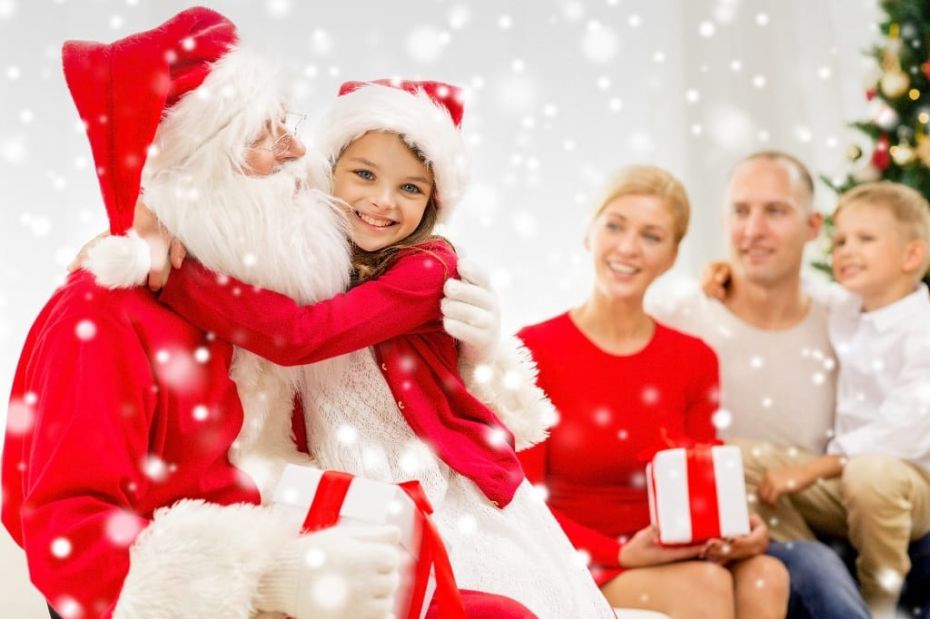How do Spanish celebrate Christmas?
By Salma Hwedi on - 3m. reading time
Christmas traditions worldwide vary, depending on the country. A Christmas tree and pile of gift boxes near fireplace, the Star of Bethlehem, Nativity scenes, candy canes, Santa Claus and Three Wise Men are just some of the common traditions. Spain’s Christmas begins with the Feast of the Immaculate Conception (December 8th) and ends with the celebration of the Wise Men (January 6th).

Christmas National Lottery.
For generations, Christmas in Spain has been inextricably linked to a lottery known as El Gordo (Fatty), the world's oldest and by far biggest lottery (December 22). The families and employees get together to buy a complete lottery number and share it. Many Spaniards give the lottery tickets to their relatives as a Christmas gift.
Christmas Trees, Belén Decorations and Gifts.
Christmas decorations often consist of a large model of the old city of Bethlehem (called Belén in Spanish), similar to the Nativity scenes of the English-speaking world. During the previous weeks, families found time to place their indispensable figurines of the Holy Family with baby Jesus, shepherds and sheep, angels and Magi on their camels in belén. They often add their touch of Spanish grace with such characters as a Caganer (in Catalan culture and neighbouring areas) or flamenco dancers (in Andalusia).
Christmas trees are usually fir trees in the north of Spain and pine trees in the south. Families take pleasure in decorating them together around mid-December. It is one of the places to be filled with presents of the Wise Men on Epiphany (Los Tres Reyes Magos). Children may receive a couple of small gifts on Nochebuena (December 24) or Día de Navidad (December 25) but they are anxiously awaiting the arrival of Three Kings that leave the gifts between the night of 5th and 6th January. Santa Claus (Papa Noel) is a secondary character of Christmas feasts.
Christmas menu.
Like many other countries, Spain celebrates the 24th of December enjoying a meal with the family. The most typical Spanish Christmas dishes are fish and shellfish soup as a starter, stuffed turkey, roast lamb, seafood, fruit dishes. You will find many typical appetizers such as jamon, cheeses, olives. For dessert there is no shortage of nougat, polverones and mantecados, those crumbling almond based sweets. Good red and white wines as well as ciders and Spanish sparkling wine cava accompany all these dishes.
Dinner usually begins at around 10 pm and requires elegant dress code. At 12 pm many families go to the church to attend Midnight Mass or 'La Misa Del Gallo' (The Mass of the Rooster) and to hear the choirs sing.
New Year’s Eve (Nochevieja).
Unlike Christmas Eve, New Year's Eve is usually celebrated with friends. On December 31st people in Spain swallow traditional 12 “lucky grapes”, one every second just before midnight at each of 12 bell strikes of the Puerta del Sol tower clock (Madrid), and raise a glass of cava.









